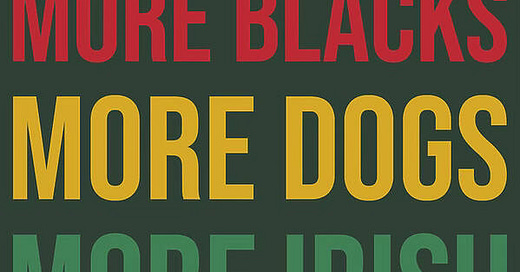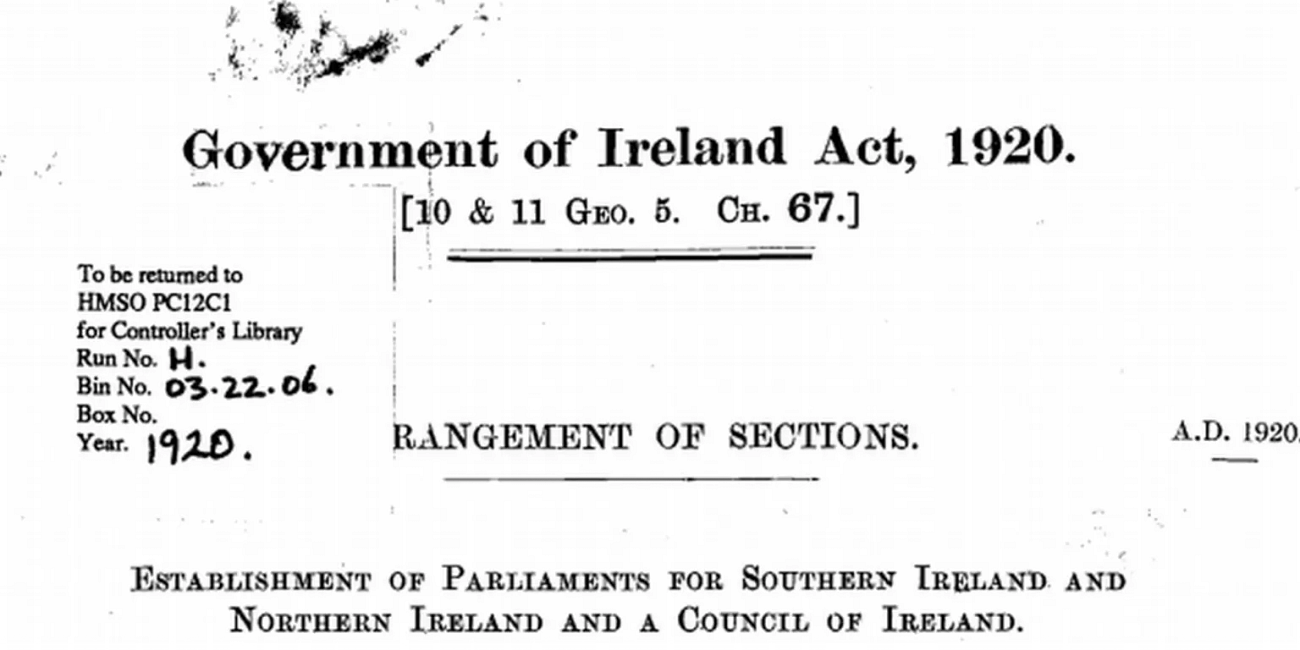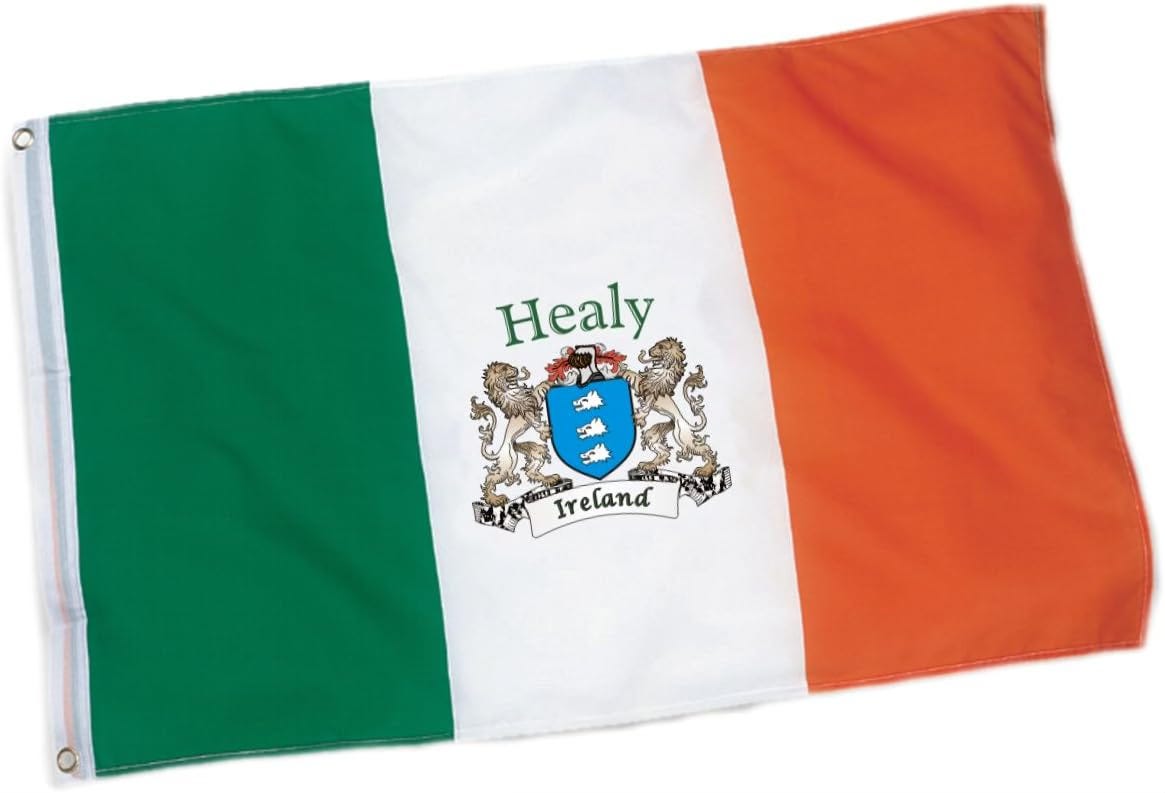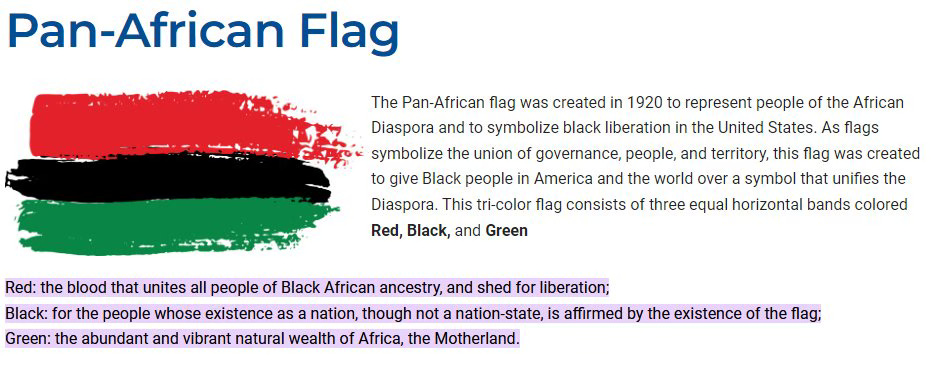Why Do We Wear Green? A Wee Bit of Historical Resistance
Irish History Through the Lens of Rebellion and Resistance
If you think wearing green on St. Patrick’s Day is just a fun tradition, think again. Long before it was splashed across parade floats and beer cups, the color green was a symbol of rebellion—a direct challenge to British rule and a mark of Irish defiance.
For centuries, the simple act of wearing green could get you arrested, beaten, or even killed. It wasn’t a fashion choice—it was a political statement.
Because in Ireland, even colors became a battleground in the fight for freedom.
The Color of a Nation: The Irish and the Green Standard
Green wasn’t always the definitive color of Ireland. In early Irish history, blue was actually associated with the island. Kings and warriors wore blue, and even today, the official color of the Irish president’s flag is St. Patrick’s Blue.
So how did green take over?
Green became the color of Ireland through its landscapes, its mythology, and, most importantly, its revolutionaries. The lush rolling hills and fields of Ireland were immortalized in poetry and song, earning it the nickname The Emerald Isle. But more than that, green became the banner of resistance against the British Empire.
During the Great Irish Rebellion of 1641, Irish forces adopted green as their color, using it to distinguish themselves from the redcoats of the British army.
But it was the United Irishmen Rebellion of 1798 that forever linked green to Irish resistance.
Support Liberation Through Education
This work is an offering—a tribute to my ancestors and a blueprint for resistance. For two months, these articles have been freely available, but after March, they will only be accessible through 59 Days of Resistance: A Journey Through Black and Irish Liberation.
Want to keep learning? Get the full curriculum here: 👉 59 Days of Resistance Guide
Liberation work must be funded. Consider becoming a paid subscriber to sustain this work. For just $8/month, you are directly investing in resistance education that is decolonized, unapologetic, and necessary.
If finances are a barrier, this work is still for you. Email me at scholarships@desireebstephens.com—because no one should be denied access to their history.
Education is resistance. Remembering is rebellion. We are still here, still fighting, still free.
Subscribe today.
1798: The Rebellion That Made Green Dangerous
Led by Theobald Wolfe Tone and the United Irishmen, the 1798 Rebellion sought to unite Irish people—Catholics and Protestants—against British rule. Inspired by the American and French Revolutions, they fought for an independent Ireland, free from colonial control.
The Irish Rebellion of 1798: When Ireland United Against Empire
In the long and bloody history of Ireland’s fight for independence, few moments shine as brightly—or as tragically—as the Rebellion of 1798.
And they did it under a green banner with a gold harp—a flag that would become the symbol of Irish nationalism.
The British knew that green was more than a color. It was a declaration of independence. So they did what empires always do—they outlawed it.
For decades, wearing green was considered an act of treason. Irish people caught wearing green were:
Beaten in the streets by British soldiers.
Arrested and charged with rebellion.
Executed for defiance, as happened to many Irish revolutionaries.
Green was no longer just the color of Ireland—it was the color of resistance.
One of the most famous songs of defiance from this time was The Wearing of the Green, which lamented the brutal crackdown on those who dared to show their Irish pride:
"They're hanging men and women here for wearing of the green."
But despite the laws, despite the punishments, the Irish refused to give it up. They wore green in secret. They carried green flags into battle. They made sure that every generation remembered that this color was not just about Ireland—it was about freedom.
Why Green and Not Orange? The Divided Flag
You might have noticed that the Irish flag contains green, white, and orange—but these colors tell a much deeper story about Irish identity.
Green represents Irish Catholics and nationalists who fought against British rule.
Orange represents Irish Protestants, particularly those loyal to the British Crown.
White symbolizes peace—a hoped-for unity between the two sides.
The Irish flag, first introduced during the 1848 Young Irelander Rebellion, was meant to unite a divided country. But while the flag carries both green and orange, the symbolism of wearing green has remained deeply tied to the fight for Irish sovereignty.
The Irish, the Black, and the Unwanted: “No Dogs, No Blacks, No Irish”
Oppression doesn’t just exclude—it ranks, divides, and dehumanizes.
For centuries, the British Empire perfected the art of social control, using laws, policies, and propaganda to create a racial and ethnic hierarchy that positioned whiteness—specifically Anglo-Saxon Protestant whiteness—at the top.
And who was placed at the bottom?
The Irish, whose Catholicism, language, and customs were seen as primitive and dangerous.
Black people, who were enslaved, colonized, and brutalized under the same imperial systems that oppressed the Irish.
And, apparently, even dogs—lumped into the same category as the Irish and Black people, deemed unworthy of inclusion in society.
The infamous phrase "No Dogs, No Blacks, No Irish" was commonly displayed in Britain in the 20th century, particularly in the aftermath of World War II, when Black and Irish immigrants sought work and housing.
These signs weren’t just about discrimination—they were about enforcing a hierarchy. They made it clear who was considered fully human and who was not.
For the Irish, these signs were a painful reminder that even after centuries of fighting for dignity, they were still seen as second-class citizens.
For Black people, they were one of many barriers to full participation in society, reinforcing a global anti-Blackness rooted in colonial rule.
And for both groups, they underscored a truth that history has shown again and again:
The oppressed are always stronger together than they are apart.
The systems that sought to dehumanize both the Irish and Black communities were the same systems that upheld white supremacy, empire, and racial capitalism. And yet, time and again, these communities found ways to survive, resist, and—at times—stand in solidarity with one another.
So when we look back at history, we must ask:
Where are these same exclusionary tactics being used today?
How are marginalized groups still being pitted against one another?
And what does it look like to resist together instead of separately?
Because those old signs may no longer hang in windows, but the forces that created them are still at work. And the fight for dignity, freedom, and belonging is far from over.
The Black-Irish Connection: Wearing Your Identity as Resistance
If this sounds familiar, it’s because colonialism has always sought to control identity.
Just as the British banned green in Ireland, Black people in the U.S. were attacked for wearing afros, headwraps, and African-inspired clothing—expressions of identity that were seen as threats to white supremacy.
During the Black Liberation Movement, wearing red, black, and green (the Pan-African colors) was an act of defiance, much like wearing green in colonial Ireland.
And, just as Irish people were brutalized for showing pride in their identity, Black Americans who embraced their heritage—through fashion, music, or speech—faced violence, discrimination, and systemic suppression.
Colonizers always try to control what people wear because they know that clothing is more than fabric—it’s power.
So whether it’s an Irish revolutionary wearing green or a Black activist wearing red, black, and green, the message is the same:
We refuse to be erased.
St. Patrick’s Day: From Rebellion to Celebration
Today, people around the world wear green on St. Patrick’s Day without knowing its revolutionary history.
But the day itself has radical roots.
The first St. Patrick’s Day “parade” didn’t happen in Ireland—it happened in March 17, 1601 in what is now known as St Augustine Fl, and was actually a feast day. It wasn’t until 1737 where Irish immigrants in Boston, many of them poor and persecuted, had a St. Paddys day parade which led to the infamous one we now know in NYC which began in 1762. It was used as a way to build solidarity.
In the 1800s, Irish immigrants in America faced extreme discrimination under signs that read No Irish Need Apply, but they marched in the streets in defiance, using St. Patrick’s Day as an assertion of their right to exist.
Over time, the holiday became commercialized, but its origins were always about resisting erasure and claiming space in a world that wanted to push the Irish to the margins.
So when you wear green, remember:
You are wearing the color of rebels.
You are honoring those who risked their lives to keep their culture alive.
You are carrying on a legacy of defiance in the face of empire.
Final Reflection: What Does It Mean to Wear Green Today?
In today’s world, the struggle for identity, sovereignty, and liberation is far from over.
Wearing green may no longer get you arrested, but the fight against cultural erasure, colonialism, and oppression continues.
So ask yourself:
What traditions do I carry that were once outlawed?
How do I show up in ways that honor my ancestors?
Where am I still resisting systems that try to erase identity and history?
Because whether it’s the Irish fight for independence, the Black struggle for liberation, or the Indigenous movements to reclaim stolen land and traditions—the act of remembering is resistance.
And the fight is not over.
Further Learning: Watch, Read, and Experience
📺 Watch:
A Terrible Beauty-This 2013 docudrama focuses on the 1916 Easter Rising
📖 Read:
The Wearing of the Green: A History of St. Patrick’s Day by Mike Cronin.
How the Irish Became White by Noel Ignatiev – A deep dive into Irish history in America and its intersections with race and power.
🎵 Listen:
The Wearing of the Green – An old rebel song about British oppression.
Engage:
Reflect on what colors have been symbols of resistance in your own cultural history.
Research how clothing and symbols have been used as forms of protest around the world.
Support This Work: Keep History Alive
This article, like all in this series, is free for the month of March—but after that, they will only be available through "59 Days of Resistance: A Journey Through Black and Irish Liberation."
📖 Get the full curriculum here: 👉 59 Days of Resistance Guide
If this work resonates with you, consider becoming a paid subscriber. Liberation is a shared effort, and history must be preserved.
In solidarity and liberation,
Desireé B. Stephens CPS-P
Educator | Counselor | Community Builder
Founder, Make Shi(f)t Happen








Never forget 8 September 2022, the day Black and Irish twitter finally unified. Best day of all time on the internet.
This one has some tears welling up in my eyes--of strength, pride, and CONNECTION.
The Irish and the African diaspora--particularly the kidnapped & enslaved families & descendants of the Transatlantic Slave Trade have so many threads that tie us together. While it's sorrowful that so many groups and cultures have been marginalized, eradicated/erased by the same fabricators of systems of oppression and methods of genocide: It's a beautiful reminder that we are global community..
I just watched Donnell's documentary the other night and this article it has me reflecting on some of the aspects that Donnell discussed. The oppressor's biggest fear and catalyst of empire downfalls: The unity and the unified message. The message that is counter to the culture of oppression.. And we see it throughout history: It's not just the unity that's dangerous to the oppressors.. It's the message disseminating long before the unity happens..
Anyone who hasn't seen it go watch the damn thing! The reason why the revolution isn't televised is because revolution starts in the mind and in the heart.. And when we act as our best as individuals for the collective good, we can make one helluva rebellion/resistance. We can topple empires. It starts with our hearts, and my! What fiery hearts have we! So much joy revisiting what our collective hearts can do. Next up and out of order b/c I'm playing catchup: The Irish and the Carribean!!